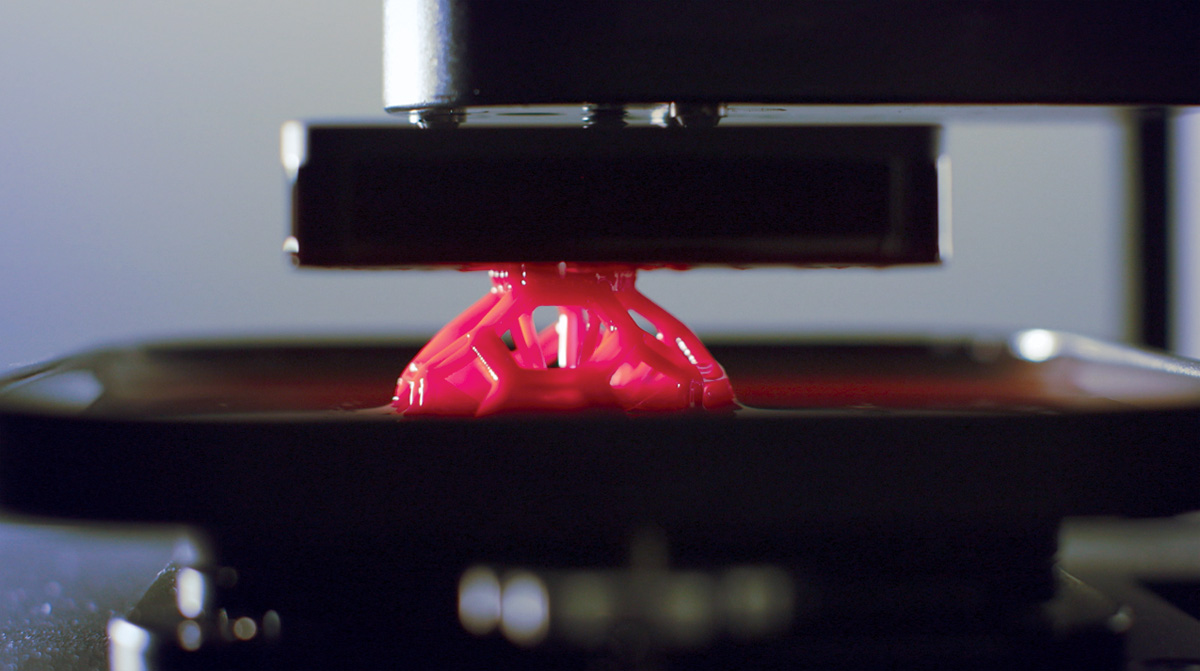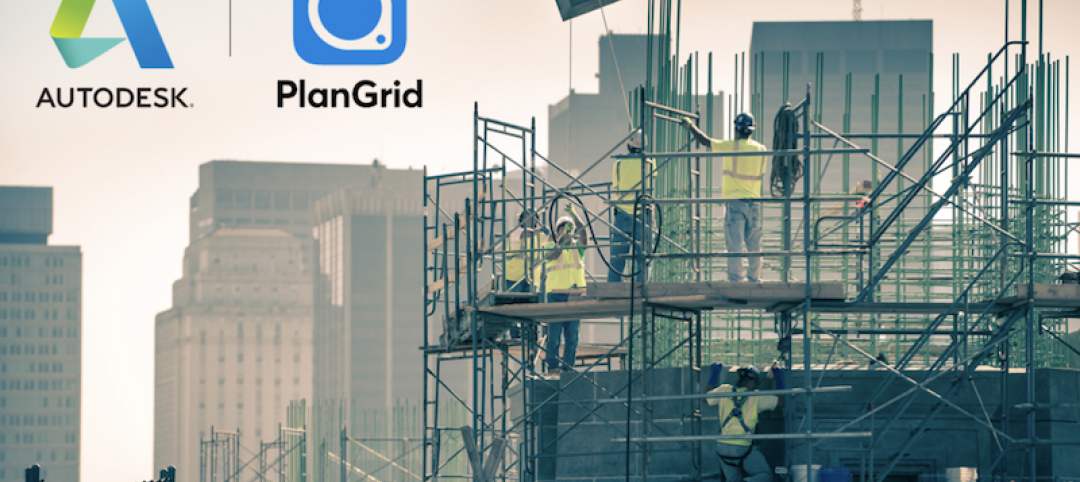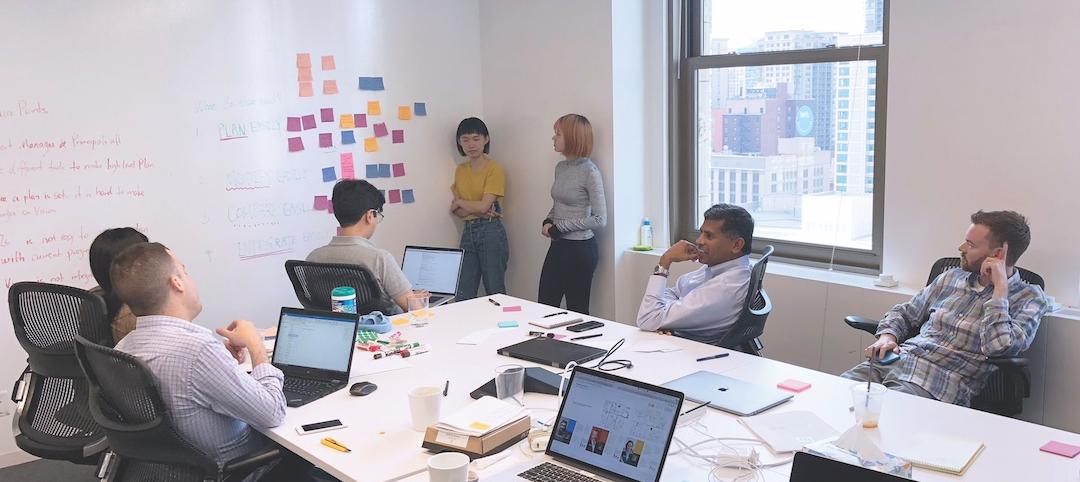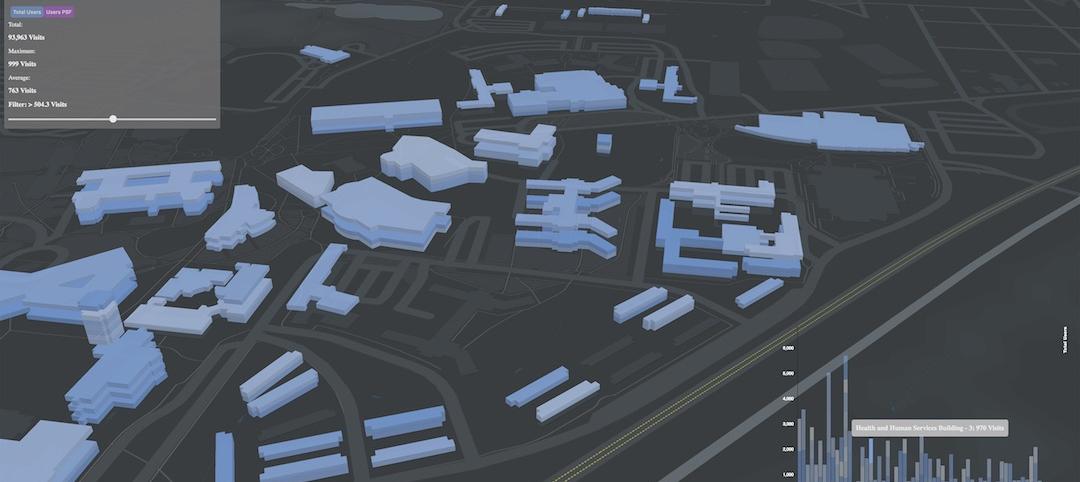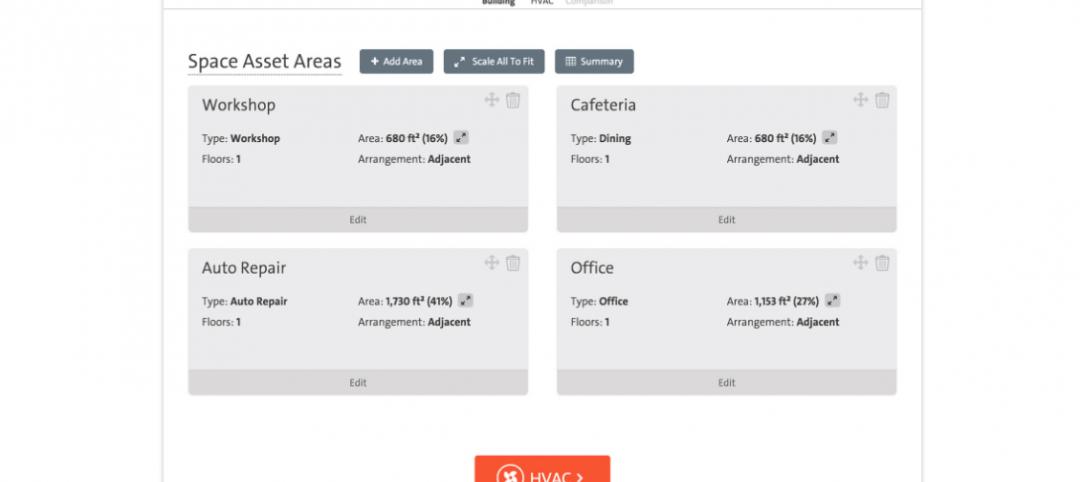Barron’s recently predicted that 3D printing would be a $13 billion industry by 2018, up from $600 million two years ago. AEC industry use might represent only a fraction of the total, but the trend is definitely ascending.
There’s no doubt the technology can do some fascinating things. Machines can now print with all sorts of powderized materials, from concrete to chocolate. ZGF Architects’ Robert Petty printed his wedding ring using powderized silver, and “it’s held up fine,” he says. At the recent 3D Print Design show in New York, Perkins+Will displayed a six-foot-tall model of a skyscraper that it had printed on a MakerBot machine.
The 3D printer industry keeps making strides in technology and affordability. WobbleWorks recently released an upgrade of its 3D printing pen—yes, it’s a pen, the 3Doodle—that it’s selling for $100 a pop.
After two years of secretive development, Redwood, Calif., startup Carbon3D unveiled a 3D printing process called CLIP (for “continuous liquid interface production”) that uses light to cure the extruded resin that forms the physical objects and models. The company claims this process is 25–100 times faster than anything that’s currently available. Autodesk recently invested $10 million in Carbon3D.
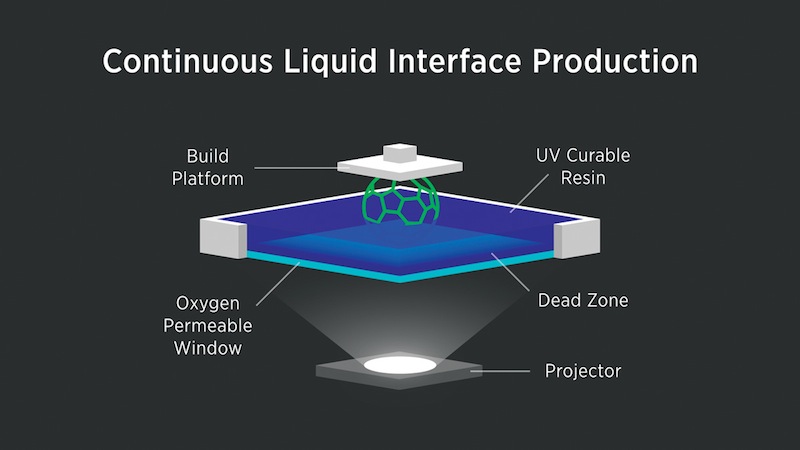 Carbon 3D's continuous liquid interface production process
Carbon 3D's continuous liquid interface production process
In March, Trimble released an update of 3D Warehouse, its online platform for sharing and downloading free 3D models and materials, which is a key component of the SketchUp 3D modeling software. Autodesk recently introduced Spark, an open-source platform that enables 3D applications and services to deliver 3D models for any printer or service bureau.
Higher quality printers, greater affordability, new technical processes—all represent promising solutions that AEC firms are looking for as they try to figure out where 3D printing fits into their larger technology picture.
Amid all the ballyhoo, there’s still the question of how embedded 3D printers will become in AEC firms’ workflow. Jorge Barrero, a Senior Associate at Gensler, compares 3D printing to a familiar domestic technology: “It’s like the microwave,” he says. “It never replaced the oven, but it made it into everyone’s kitchen.”
Related Stories
BIM and Information Technology | Jan 18, 2019
BIM: Sharing is caring
Sharing of and reliance on BIM data is central to the idea that BIM will lead to a more efficient, more economical, and more collaborative construction process.
BIM and Information Technology | Jan 10, 2019
'BIM to AR' comes to the masses
Could new technology that simplifies the transfer of BIM models to augmented reality push AEC firms to go all in on extended reality?
Building Technology | Dec 20, 2018
Autodesk is spending $1.15 billion to acquire two construction tech providers
PlanGrid and BuildingConnected are the latest pieces in the company’s quest to digitize the construction industry.
Building Technology | Dec 18, 2018
Data and analytics are becoming essential for EC firms competing to rebuild America’s infrastructure
A new paper from Deloitte Consulting advises companies to revise their strategies with an eye toward leveraging advanced technologies.
Sponsored | BIM and Information Technology | Oct 15, 2018
3D scanning data provides solutions for challenging tilt-up panel casino project
At the top of the list of challenges for the Sandia project was that the building’s walls were being constructed entirely of tilt-up panels, complicating the ability to locate rebar in event future sleeves or penetrations would need to be created.
Sponsored | BIM and Information Technology | Oct 15, 2018
3D scanning data provides solutions for challenging tilt-up panel casino project
At the top of the list of challenges for the Sandia project was that the building’s walls were being constructed entirely of tilt-up panels, complicating the ability to locate rebar in event future sleeves or penetrations would need to be created.
BIM and Information Technology | Aug 16, 2018
Say 'Hello' to erudite machines
Machine learning represents a new frontier in the AEC industry that will help designers create buildings that are more efficient than ever before.
BIM and Information Technology | Aug 16, 2018
McKinsey: When it comes to AI adoption, construction should look to other industries for lessons
According to a McKinsey & Company report, only the travel and tourism and professional services sectors have a lower percentage of firms adopting one or more AI technologies at scale or in a core part of their business.
BIM and Information Technology | Jul 30, 2018
Artificial intelligence is not just hysteria
AI practitioners are primarily seeing very pointed benefits within problems that directly impact the bottom line.
AEC Tech | Jul 24, 2018
Weidt Group’s Net Energy Optimizer now available as software as a service
The proprietary energy analysis tool is open for use by the public.


